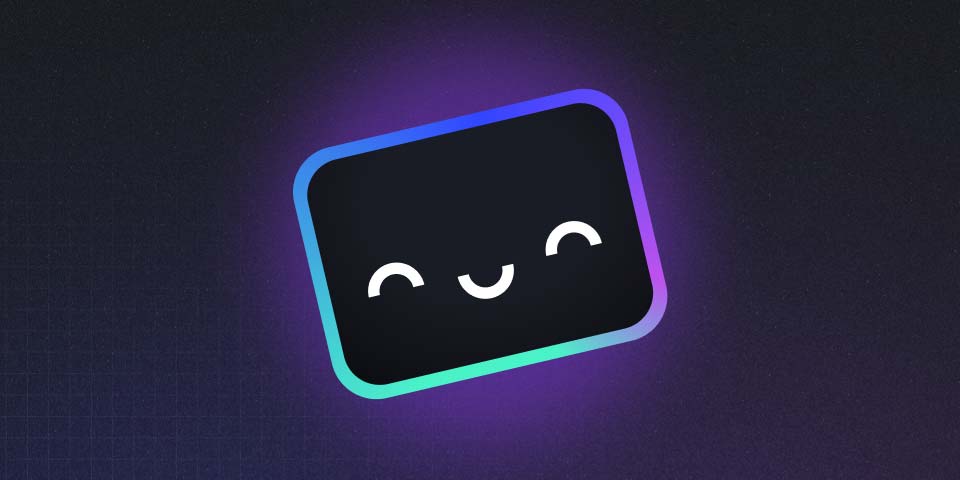
MySQL 8.0 和 MongoDB 在 NoSQL 方面的差异对比
MySQL 8.0 开始也支持 NoSQL 了,那么和 MongoDB 相比较,体验是否一样呢?让我们来看一看!
MySQL 8.0 (使用 MySQL Shell 和 X DevAPI 命令行)
1. 连接到 MySQL 服务器
mysqlsh --uri user@host:33060 --mysqlx2. 创建 Schema
// 创建一个新的 schema
var demo = session.createSchema('demo')3. 创建 Collection
// 创建一个新的 collection
var users = demo.createCollection('users')4. 创建 Document
// 插入文档
users
.add([
{ _id: '1', name: 'John Doe', age: 30 },
{ _id: '2', name: 'Jane Smith', age: 25 },
])
.execute()5. 更新 Document
// 更新文档
users.modify('_id = :id').set('age', 31).bind('id', '1').execute()6. 删除 Document
// 删除文档
users.remove('_id = :id').bind('id', '1').execute()7. 查询 Document
// 查询文档
var result = users.find().execute()
var docs = result.fetchAll()
print(JSON.stringify(docs, null, 2))MongoDB (使用 Mongo Shell 命令行)
1. 连接到 MongoDB 服务器
mongosh "mongodb://user:password@host:27017"2. 创建 Database (Schema)
在 MongoDB 中,数据库在第一次插入数据时自动创建。
use demo;3. 创建 Collection
在 MongoDB 中,集合在第一次插入数据时自动创建。
db.createCollection('users')4. 创建 Document
// 插入文档
db.users.insertMany([
{ _id: '1', name: 'John Doe', age: 30 },
{ _id: '2', name: 'Jane Smith', age: 25 },
])5. 更新 Document
// 更新文档
db.users.updateOne({ _id: '1' }, { $set: { age: 31 } })6. 删除 Document
// 删除文档
db.users.deleteOne({ _id: '1' })7. 查询 Document
// 查询文档
var docs = db.users.find().toArray()
printjson(docs)当然,以上这些操作都可以以编程的方式实现,下面是使用 JavaScript 实现的例子:
MySQL 8.0 (使用 X DevAPI 编程方式)
首先,确保你已经安装了 @mysql/xdevapi 包:
npm install @mysql/xdevapi然后,编写以下代码:
const mysqlx = require('@mysql/xdevapi')
async function main() {
try {
// 连接到 MySQL 服务器
const session = await mysqlx.getSession({
host: 'localhost',
port: 33060,
user: 'user',
password: 'password',
})
// 创建一个新的 schema
const schema = session.getSchema('demo')
if (!(await schema.existsInDatabase())) {
await session.dropSchema('demo')
await session.createSchema('demo')
}
// 创建一个新的 collection
const collection = schema.getCollection('users')
if (!(await collection.existsInDatabase())) {
await schema.createCollection('users')
}
// 插入文档
await collection
.add([
{ _id: '1', name: 'John Doe', age: 30 },
{ _id: '2', name: 'Jane Smith', age: 25 },
])
.execute()
// 查询文档
const result = await collection.find().execute()
const docs = await result.fetchAll()
console.log('Inserted Documents:', JSON.stringify(docs, null, 2))
// 更新文档
await collection.modify('_id = :id').set('age', 31).bind('id', '1').execute()
// 再次查询文档以验证更新
const updatedResult = await collection.find().execute()
const updatedDocs = await updatedResult.fetchAll()
console.log('Updated Documents:', JSON.stringify(updatedDocs, null, 2))
// 删除文档
await collection.remove('_id = :id').bind('id', '1').execute()
// 再次查询文档以验证删除
const finalResult = await collection.find().execute()
const finalDocs = await finalResult.fetchAll()
console.log('Final Documents:', JSON.stringify(finalDocs, null, 2))
// 关闭会话
await session.close()
} catch (err) {
console.error('Error:', err)
}
}
main()MongoDB (使用 MongoDB Node.js Driver 编程方式)
首先,确保你已经安装了 mongodb 包:
npm install mongodb然后,编写以下代码:
const { MongoClient } = require('mongodb')
async function main() {
const uri = 'mongodb://user:password@host:27017'
const client = new MongoClient(uri, {
useNewUrlParser: true,
useUnifiedTopology: true,
})
try {
// 连接到 MongoDB 服务器
await client.connect()
// 选择数据库
const database = client.db('demo')
const collection = database.collection('users')
// 插入文档
const insertResult = await collection.insertMany([
{ _id: '1', name: 'John Doe', age: 30 },
{ _id: '2', name: 'Jane Smith', age: 25 },
])
console.log('Inserted Documents:', insertResult.ops)
// 查询文档
const docs = await collection.find().toArray()
console.log('Inserted Documents:', JSON.stringify(docs, null, 2))
// 更新文档
const updateResult = await collection.updateOne({ _id: '1' }, { $set: { age: 31 } })
console.log('Updated Document:', updateResult)
// 再次查询文档以验证更新
const updatedDocs = await collection.find().toArray()
console.log('Updated Documents:', JSON.stringify(updatedDocs, null, 2))
// 删除文档
const deleteResult = await collection.deleteOne({ _id: '1' })
console.log('Deleted Document:', deleteResult)
// 再次查询文档以验证删除
const finalDocs = await collection.find().toArray()
console.log('Final Documents:', JSON.stringify(finalDocs, null, 2))
} catch (err) {
console.error('Error:', err)
} finally {
// 关闭连接
await client.close()
}
}
main()对比总结
1. 创建文档:
- MySQL:使用
add方法插入文档。 - MongoDB:使用
insertMany方法插入多个文档,或insertOne方法插入单个文档。
2. 更新文档:
- MySQL:使用
modify和set方法更新文档。 - MongoDB:使用
updateOne方法更新文档。
3. 删除文档:
- MySQL:使用
remove方法删除文档。 - MongoDB:使用
deleteOne方法删除文档。
4. 查询文档:
- MySQL:使用
find方法查询文档,并通过fetchAll获取结果。 - MongoDB:使用
find方法查询文档,并通过toArray获取结果。
希望这些示例和对比能帮助你更好地理解 MySQL 8.0 和 MongoDB 在 NoSQL 操作上的不同。